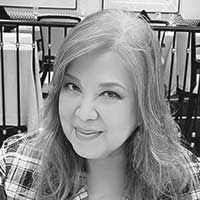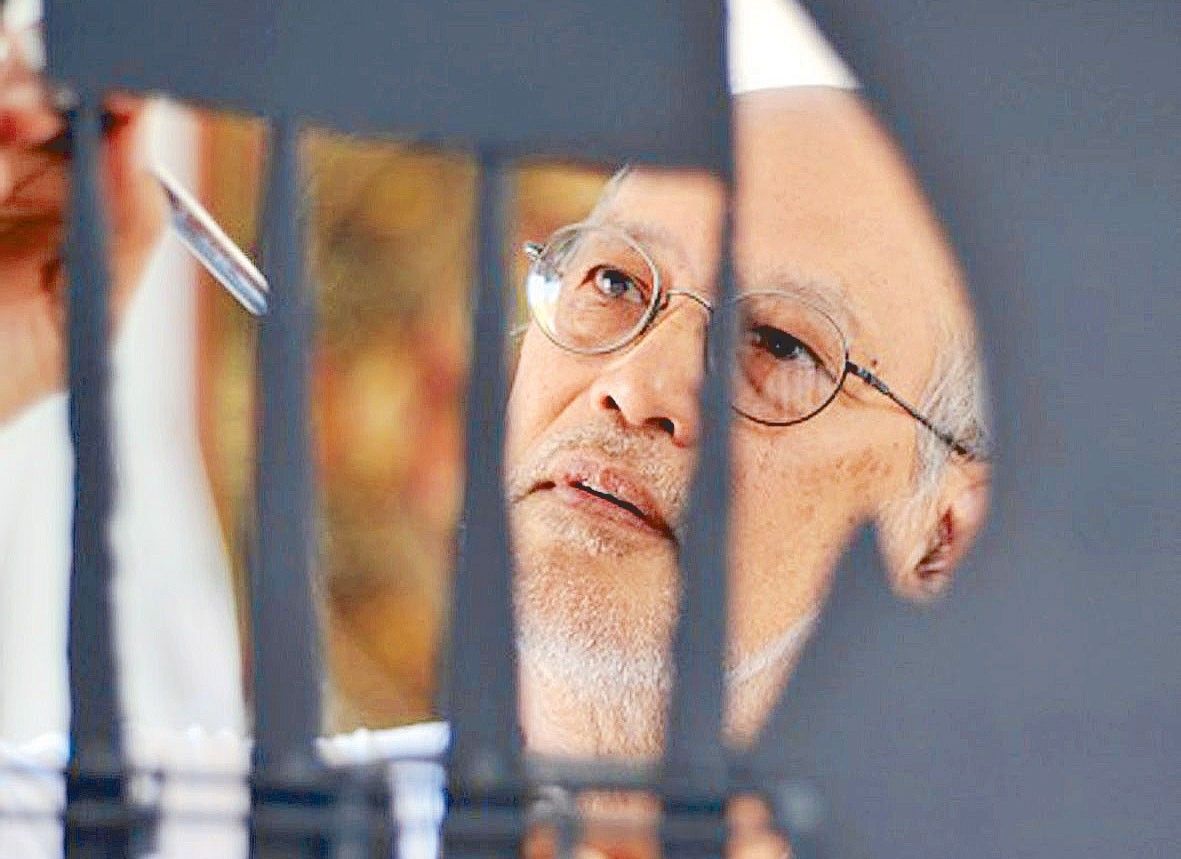Almost Fathers, Single Fathers and Serial Fathers


Of all the pantheon of family-oriented holidays, poor ol’ Dad’s Day is among the least high-pressure. (Mother’s Day and Valentine’s Day, on the other hand, are at the other end of the spectrum, and should you dare turn up without flowers, chocolates or a dinner invitation, you can quickly count your life over.) Perhaps it’s because fathers have been built, by indelicate circumstance, to withstand all kinds of abuse, including being forgotten and even swept under the expensive Aubusson carpets of Manila society.
Take our National Hero José Rizal, who could easily win the title of “Father of the Filipino Nation.” Rizal had three famous offspring: The Noli Me Tangere, El Filibusterismo and, if Manila urban legend is to be believed, also none other than Adolf Hitler. Political observer Manuel L. Quezon III had great fun plotting out Rizal’s travels in Europe that would have allowed him to cross paths with Hitler’s mother, described as a chambermaid in Vienna by the name of Klara Polz. Adding to the delicious mystery was that the dictator’s father was never named and that Hitler was also a writer (Mein Kampf) of similar short stature.
In truth, Rizal’s muse — who he chose to also call “Miss B.” for Bracken — was expected to give birth to their son in May 1896 during his exile in Dapitan. Accounts vary but the more naughty of historians like to speculate that he had played a practical joke on Josephine which led to a rough tumble down the stairs and a miscarriage. Alas, the stillborn child “of seven months” was buried at the edge of Rizal’s farm. It ended Rizal’s very short-lived career as pater familias. The boy would purportedly have been named Francisco.
Andres Bonifacio, himself another father of great import, this time of the Philippine Revolution of 1896, would suffer a similar fate. Married to his second wife, and his political life-partner, Gregoria de Jesus, they would also have an infant son who would not survive the year.
On the other hand, Emilio Jacinto, Bonifacio’s best friend and commander of the Northern forces, is said to have fathered a son that he would never see. Instead the man who was dubbed the “Brains of the Katipunan” would die from his wounds in Majayjay, Laguna in 1899. He was survived by a tantalizing photograph showing a grieving and very pregnant woman by his bier.
Emilio Aguinaldo, their nemesis, would marry twice and have five children, spawning a political dynasty that would control Cavite and later various national positions.
The artistic genius of his generation, painter Juan Luna, was a notoriously bad father and a worse husband. He shot his wife Paz Pardo de Tavera through the bathroom door as she cowered inside with her mother, the multi-millionairess Doña Juliana. His son Andres Luna de San Pedro was a silent witness to the crime and not once revealed the truth behind that awful day.
His brother, the fearsome Antonio Luna, would be the subject of even more speculation after his tragic and violent assassination. Hen. Luna was said to have made an unexpected detour at his paramour’s home in Tarlac before he met his blood-soaked destiny in Cabanatuan. It confounded the people who expected him to be traveling with a treasure in gold, intended to buy guns for the Philippine Republic Army’s push against the Americans. Instead, Luna was cut down along with his most loyal lieutenant and the secret of the whereabouts of the bullion died with them. It is said so did the true identity of his beloved who would give birth to a son a few months after the general’s death. Proof of the child’s identity — a tantalizing birth certificate — is whispered to have disappeared from the National Archives, spirited away purportedly by his descendants who have become captains of industry.
Twentieth century art, of course, is awash with fathers of every kind, beginning with the maestro Fernando Amorsolo who cared for all three of his families lovingly.
Benedicto “BenCab” Cabrera is the glamorous and generous father to the model Mayumi (now retired and living in Los Angeles), Eleazar (an independent filmmaker) and Jasmine (a jazz, yoga and mindfulness instructor), all children with the sassy Brit journalist Caroline Kennedy. Ms. Kennedy turned macho Manila upside down in 1969, when interviewed by Nick Joaquin in the biggest magazine of the time, The Free Press, wherein she declared, “Filipinos are lousy lovers.” (It seems her marriage to the National Artist is proof of the contrary.)
The Filipino art landscape is filled with father-child tandems: Arturo Luz and famous daughters Angela, Luisa, Paula and Claudia; fellow mid-century modern Cesar Legaspi and daughter Celeste, the chanteuse; Malang and sons, Steve and Soler; landscape titans Teodoro Buenaventura and Cesar; abstract king Romulo Olazo and Jonathan a.k.a. “Atan”; Marcel Antonio, born to Angelito Antonio and Norma Belleza; Jon Jaylo and Ross; Jim Orencio and Shanna; Gus Albor, Christo and Tosha Albor, both artists in the UK; Lao Lianben has Muchi, a photographer (apart from the model Lucian and the rock musician Bea); Edwin and Mona Wilwayco; Napoleon Abueva and Mulawin; Nestor Vinluan and Pablo; Benjie Cabangis and Zean; Angel Cacnio and his two boys, Ferdie and Michael; Abdulmari Imao and Toym; conceptual artist turned star-maker Johnny Manahan has Juana and Magee, the latter a glass-blower and industrial designer; while Federico Aguilar Alcuaz’s son Christian is a German-trained color specialist.
Of course, the most sensational story of recent years was the revelation of H.R. Ocampo’s heretofore-unknown offspring on the occasion of the León Gallery Asian Cultural Council Auction in 2017.
“I was H.R. Ocampo’s secret child,” proclaimed a heartfelt letter written by Mrs. Lorena Potenciano Arcega for the catalogue. “I was about two years old when my mother and I were separated from my biological father, Hernando Ruiz Ocampo. This was during the chaos of World War 2. My mother and I settled in Laguna, the home province of my stepfather (a friend of H.R.O. and a fellow member of ‘The Veronicans,’ an organization of writers. H.R.O. was not only a great painter, but a very good poet and writer. My mother would marry this friend and had me to believe that he was my father.”
It continues, “As I was growing up, I always had this hazy memory of a man, carrying me, and playing with me when I was a toddler. Fate has a way of making things right. I went to college at UP Diliman, and as freshmen our seats were alphabetically arranged. I was using my stepfather's surname, Potenciano. Norma, the girl who sat right next to me, was an Ocampo. At that time, I didn’t have the faintest idea or any thought in particular about this classmate and her surname. One day, she borrowed one of my textbooks on which I had written my full name and took it home. Her father, (who) turned out to be H.R. Ocampo, saw this book and told Norma that I, too, was his daughter.”
The dramatic events continued, “I finally met my papa, H.R.O., in my last year of college. I did not know what he looked like but when he came to see me at the dorm, I saw only this handsome, kind-looking gentleman walking towards me and a surge of pure love and affection confusingly welled up in my heart. He hugged me instantly and kissed me on the cheek, saying ‘I have been looking for you for the longest time.’
“My first impression of H.R.O. of being a very good man was proven true by the many instances of love and kindness he showed me and my family through the years that I knew him,” she emphasized.
“Now in our twilight years, my husband Aniceto and I have decided to let go of the precious mementos from Papa: his favorite portrait by his good friend E. Aguilar Cruz, some paper works in oil that he would give during our visits, and what could be his last painting which he gave us a few days before he died.
“Papa, you are not only a great painter, you are also a great human being. I miss you Papa. I love you so much,” the daughter wrote.
Of all the stories this Father’s Day, perhaps this wonderful memory of a father rediscovered is one of the most perfect.


















